NCERT Solutions for Class 7 English Unit 1 Three Days to See
Let us do these activities before we read (Page 28)
Q1: Work in pairs. Recall a visit to a place that you liked. Discuss the details of that place and write about the following:
(i) Name of the place
(ii) The person(s) you went with
(iii) The things that you could: see, listen, smell, taste, touch and feel
Ans:
(i) The Name of the place is Shimla.
(ii) I went to Shimla with my family
(iii) Here’s what I experienced:
- See: Green mountains, clouds
- Listen: Birds chirping, wind
- Smell: Fresh flowers, pine trees
- Taste: Local tea, snacks
- Touch and feel: Cool breeze, soft grass
Q2: How does this memory make you feel?
Ans: This memory makes me feel happy and relaxed because it reminds me of fun times with my family.
Q3: Do you think your visit/experience would be different if you could not see or hear? Share your answers with your classmates and the teacher.
Ans: Yes, the visit would be different. Without seeing, I'd have missed the mountains’ beauty. Without hearing, I’d have missed the birds and wind. I’d rely more on touch, smell, and taste.
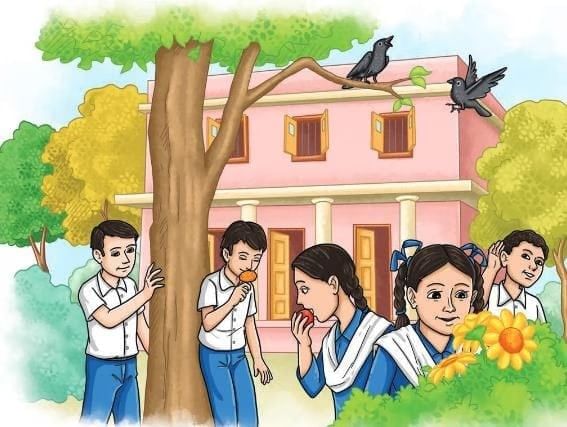
Let us discuss (Page 31)
QI Work in pairs. Identify the statements that are true from the ones given below. Share your answers with the teacher.
1. The author expresses a deep longing to experience the world through the sense of hearing.
Ans: False.
The author talks mainly about how much she wishes to see the world. While she does mention other senses like hearing, touch, and smell, her strongest desire is to see the beauty of people, nature, and the city.
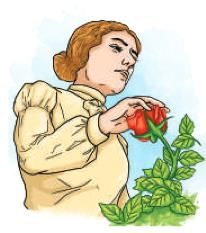
2. The author would like exploring the city only to observe how people are suffering.
Ans: False.
The author wants to explore the city to understand how people live their daily lives. She mentions seeing smiles, determination, and suffering. She doesn't focus only on suffering but wants to observe the complete human experience.
3. The author would spend the first day seeing the people whose kind-heartedness and friendship have enriched her life.
Ans: True.
The author clearly says she would spend her first day seeing her friends and loved ones, whose kindness has made her life meaningful. She wants to look into their eyes and faces, which she usually feels through touch.
4. The author acknowledges that even in three days, she would not be able to see everything.
Ans: True.
She admits that three days are too short to see everything she wants. She says only after darkness returns will she realize how much she missed.
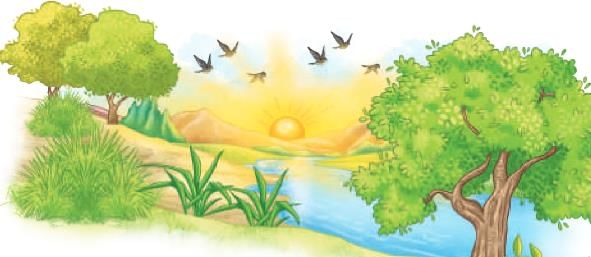 5. The author feels that everyone can find the greatest joy merely by the sense of touch.
5. The author feels that everyone can find the greatest joy merely by the sense of touch.
Ans: False.
Although she finds joy in touch, she clearly says that sight is the most delightful of all senses. She believes it brings the most beauty and understanding of the world.
6. The author advises those who can see to appreciate every moment as if they might lose their senses tomorrow.
Ans: True.
The author gives a strong message to use all senses fully. She asks people to see, hear, touch, taste, and smell everything as if they may not have these senses tomorrow. This teaches us to value what we have.
7. On the third day, the author would like to observe people in their daily lives and understand their experiences.
Ans: True.
She says she would spend her third day in the city, watching people at work and in daily routines, trying to understand their lives through their actions, expressions, and interactions.
QII: Complete the table given below with what Helen Keller wanted to do on the three days if she had sight.

Ans:

QIII: The author says that you need eyes to be able to 'see' the true self of a person. Therefore, she refers to the eye as 'window of the soul'. How is the narrator able to understand the feelings of a person?
Ans: The narrator understands feelings by touching people’s faces. She feels laughter, sorrow, and other emotions through her fingertips.
Let us think and reflect (Page 32)
QI. Read the extracts given below and answer the questions that follow.
1. I feel the delicate symmetry of a leaf. I pass my hands lovingly about the smooth skin of a silver birch, or the rough, shaggy bark of a pine. In spring, I touch the branches of trees hopefully in search of a bud, the first sign of awakening Nature after her winter’s sleep. Occasionally, I am very fortunate; I place my hand gently on a small tree and feel the happy quiver of a bird in full song.
(i): What does the 'delicate symmetry of a leaf' symbolise?
Ans: It symbolises the beauty and balance in nature.
(ii): List two phrases from the extract that describe the texture of objects in nature.
Ans:
1. Smooth skin of a silver birch
2. Rough, shaggy bark of a pine
(iii): Complete the sentence appropriately. The phrase 'awakening Nature after her winter's sleep' refers to
Ans: The phrase refers to the arrival of spring, when nature comes back to life marked with new growth after the cold period of winter.
(iv): What is the tone of the writer in this extract?
A. nostalgic
B. proud
C. admiring
D. celebratory
Ans: C. admiring
2. The next day I should arise with the dawn and see the thrilling miracle by which night is transformed into day. I should behold with awe the magnificent panorama of light with which the sun awakens the sleeping earth. This day I should devote to a hasty glimpse of the world, past and present. I should want to see the pageant of man’s progress, and so I should go to the museums.
(i): The word 'thrilling' has been used with 'miracle'. Which of the following words does not match with the word ‘thrilling’?
A. experience
B. tale
C. knowledge
D. adventure
Ans: C. knowledge
(ii): Why does the writer refer to the earth as 'sleeping earth'?
Ans: The writer refers to the earth as the ‘sleeping earth’ to describe how everything in nature becomes still and quiet at night, as if the earth is resting or asleep.
(iii): Complete the sentence with an appropriate reason. The writer wishes to dedicate the day to a brief look at the present and past world because
Ans: She wants to visit museums to explore human history and progress throughout the ages.
(iv): Why does the writer use 'should' multiple times in the extract?
Ans: The writer uses 'should' to show her strong desire and plan for what she would do if she could see.
QII. Answer the following questions.
1: The sense of touch makes up for the loss of sight and hearing. Explain this statement with reference to the text.
Ans: The author uses her fingertips to feel the faces of her friends and to detect laughter, sorrow, and other emotions. She also uses her hands to feel the symmetry of leaves, search for buds on tree branches, and sense the shiver of a bird. This shows that her sense of touch helps her compensate for the loss of sight and hearing.
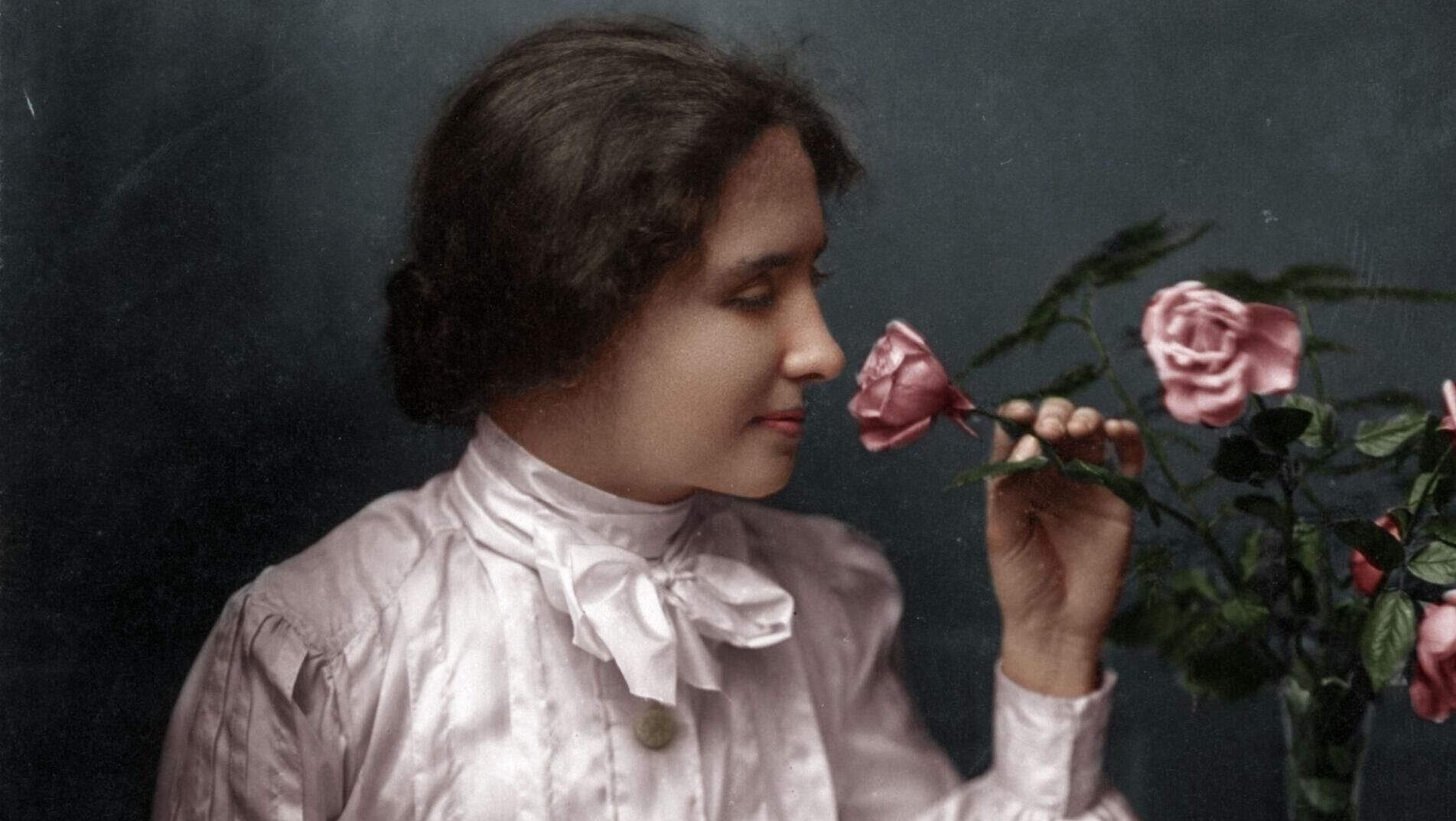 2: Why does the author believe that the sense of sight is the most wonderful?
2: Why does the author believe that the sense of sight is the most wonderful?
Ans: The author believes that the sense of sight is the most wonderful because it allows us to experience the beauty of the world around us. It helps us understand the expressions of people and see the colours of nature.
3: How might the author's opinion on making the most of our senses guide us to be kinder towards people with special abilities?
Ans: The author’s opinion on making the most of our senses guides us to be kinder towards people with special abilities by helping us understand and appreciate the challenges they face. This makes us more empathetic, respectful, and supportive towards them.
4: What is the significance of imagining the loss of a sense, according to the author?
Ans: According to the author, imagining the loss of a sense helps us realise its importance. It makes us more aware of the value of our senses and encourages us to use them fully to enjoy the beauty of the world and experience life.
5: How does the author encourage people to approach their everyday sensory experiences?
Ans: The author encourages people to use their senses fully, as if they might lose them tomorrow, to enjoy the world’s beauty and pleasures.
6: What do the author's choices for the three days tell us about her values and priorities?
Ans: Her choices show she values relationships (seeing friends on Day 1), learning about history and progress (museums on Day 2), and understanding people’s lives (city on Day 3).
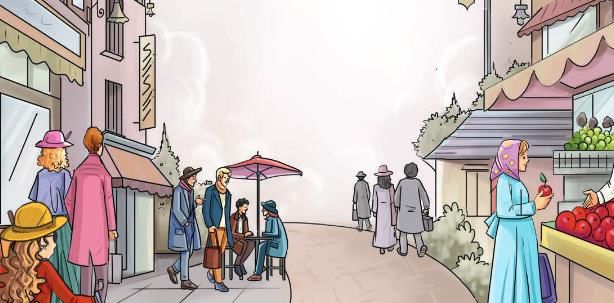
Let us learn (Page 34-35)
I. Sensory words are descriptive—they describe how we experience the world: how we see, hear, smell, taste or feel something.
Complete the following table with sensory words from the text in Column 2 for the five senses in Column 1. Add new words in Column 3.
Complete the following table with sensory words from the text in Column 2 for the five senses in Column 1. Add new words in Column 3.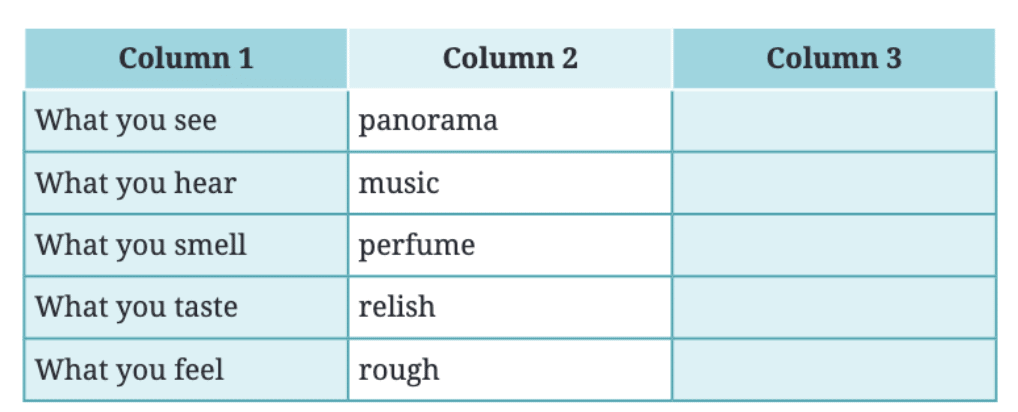
Ans:
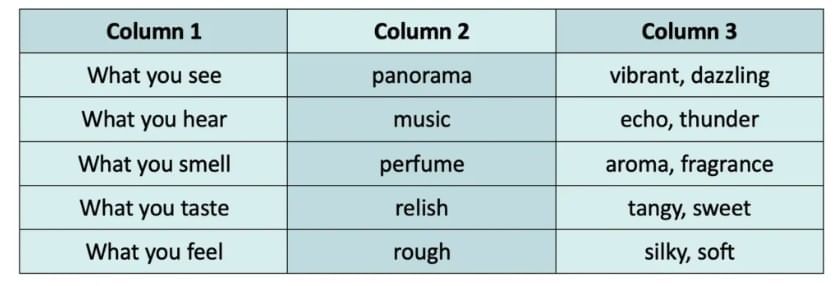
QII: Read the following sentences from the text and underline the verbs.
• I should divide the period into three parts.
• On the first day, I should want to see…
• The next day I should arise with the dawn…
• I should behold with awe…
Ans:
• I should divide the period into three parts.
• On the first day, I should want to see…
• The next day I should arise with the dawn…
• I should behold with awe…
The words you have underlined are a combination of two verbs. In each of these sentences, ‘should’ is the modal verb (suggestion), and the second verb (divide, want, arise, behold) is the main verb.
Modal verbs are auxiliary verbs that express necessity, possibility, permission, or ability. They are used before the main verb to give additional information about the function of the main verb. Common modal verbs include can, could, may, might, shall, should, will, would, must, and ought to.
QIII: Identify the modal verbs in the following sentences. Choose the functions they express from those given in the box below.
 1. You can learn a lot from this experience.
1. You can learn a lot from this experience.
Ans: Modal: can, Function: ability
2. They might arrive late due to traffic.
Ans: Modal: might, Function: possibility
3. She must finish her homework before dinner.
Ans: Modal: must, Function: necessity
4. They ought to apologise for their mistake.
Ans: Modal: ought to, Function: moral obligation
5. He would like to have some lassi, please.
Ans: Modal: would, Function: polite request
QIV: Read the situations in Column 1 and functions in Column 2. Fill in the blanks in the sentences in Column 4 with appropriate modal verbs from Column 3. After filling in the blanks, explain the function of each modal verb you used to your classmates and the teacher.
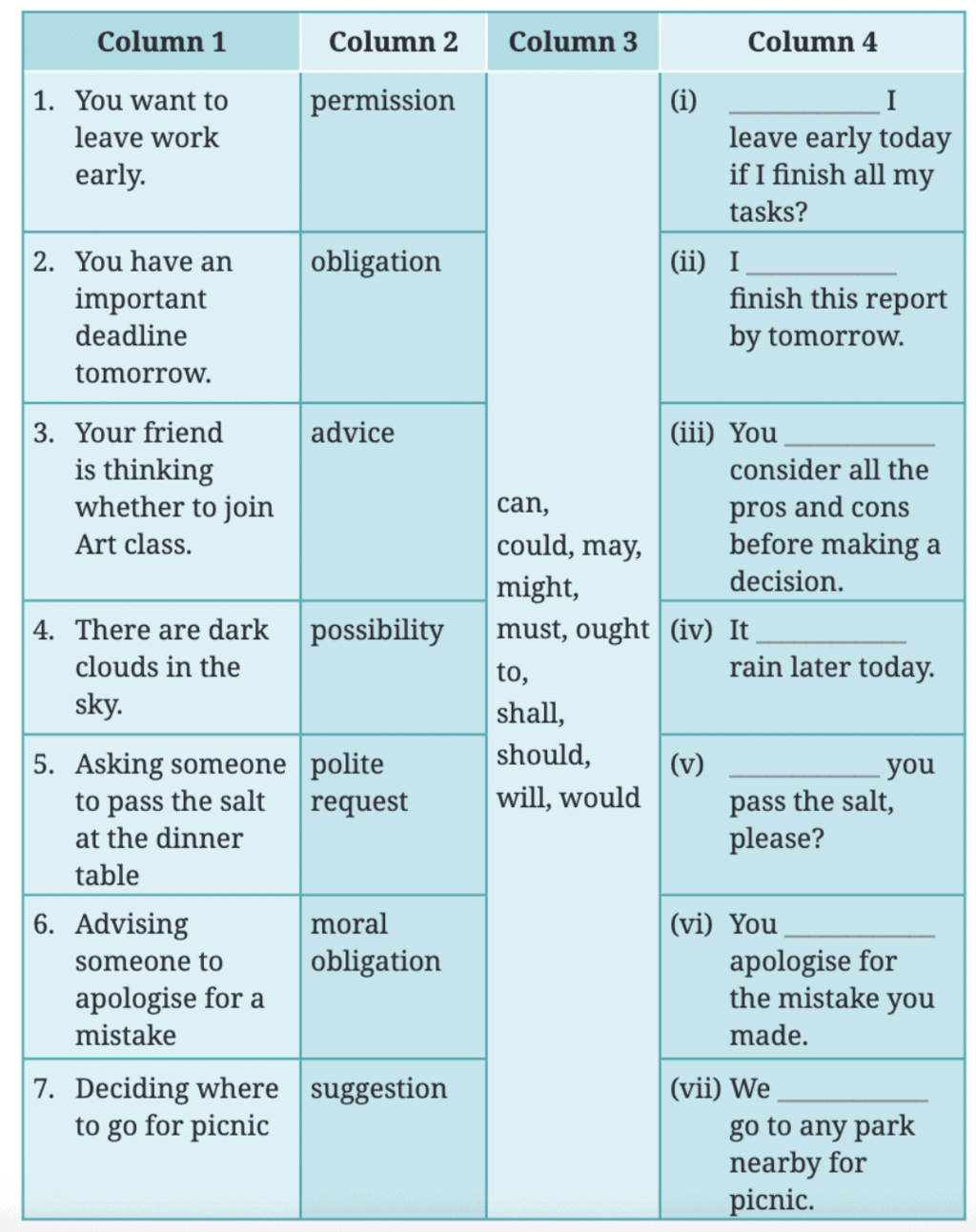
Ans: 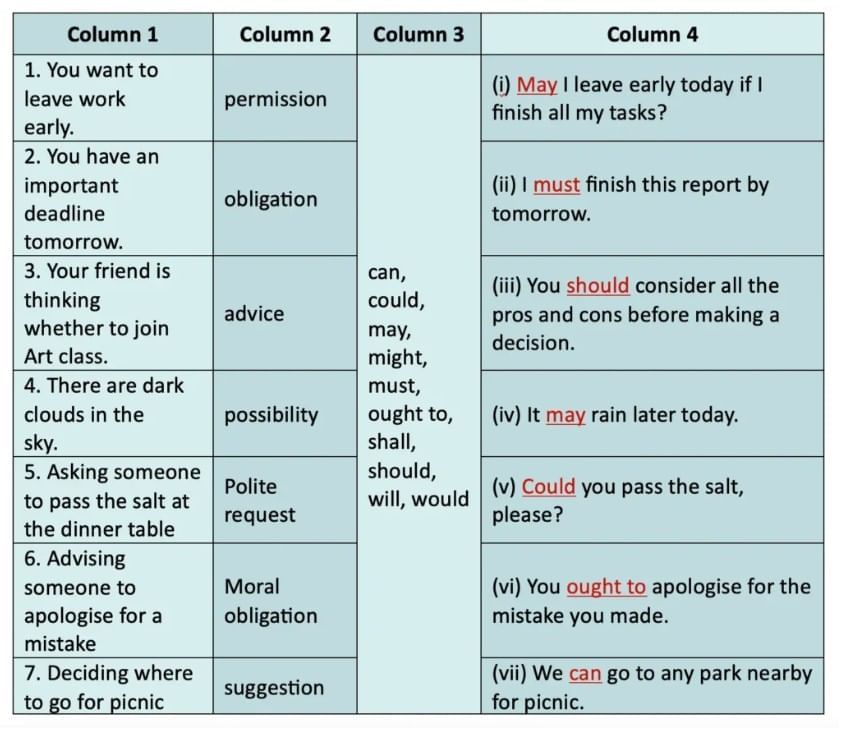
Let us listen (Page 36)
You will listen to a conversation between a mother and son. As you listen, select four true statements from 1–7 given below. (Transcript for the teacher on pg. 41)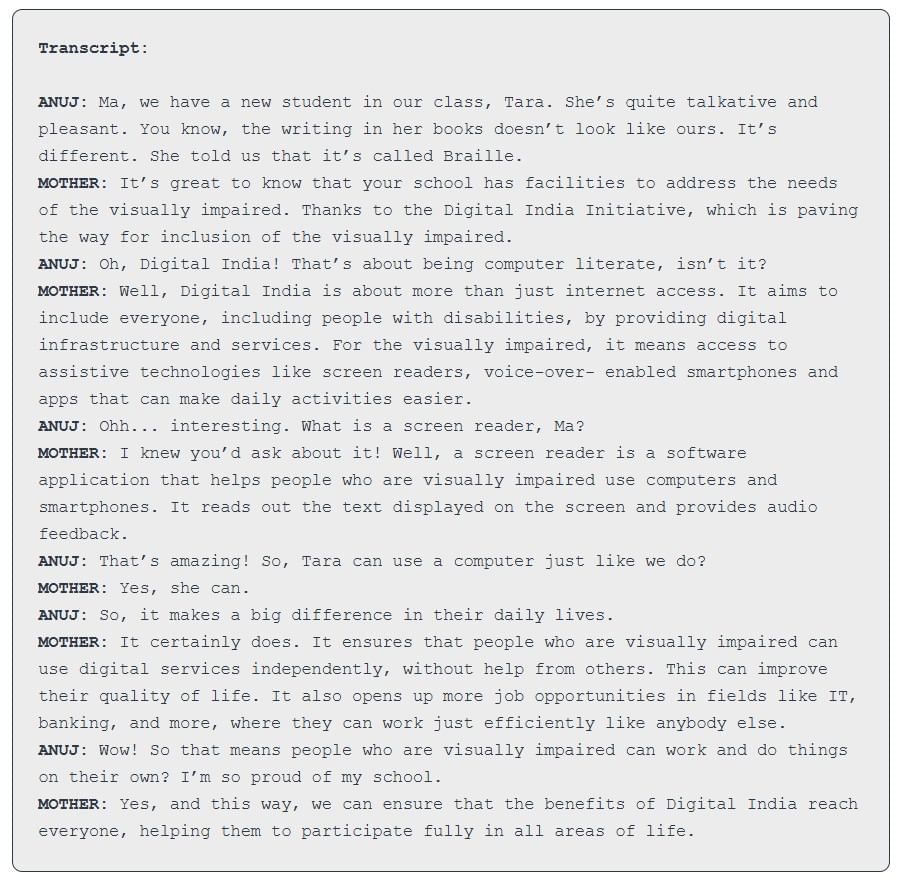
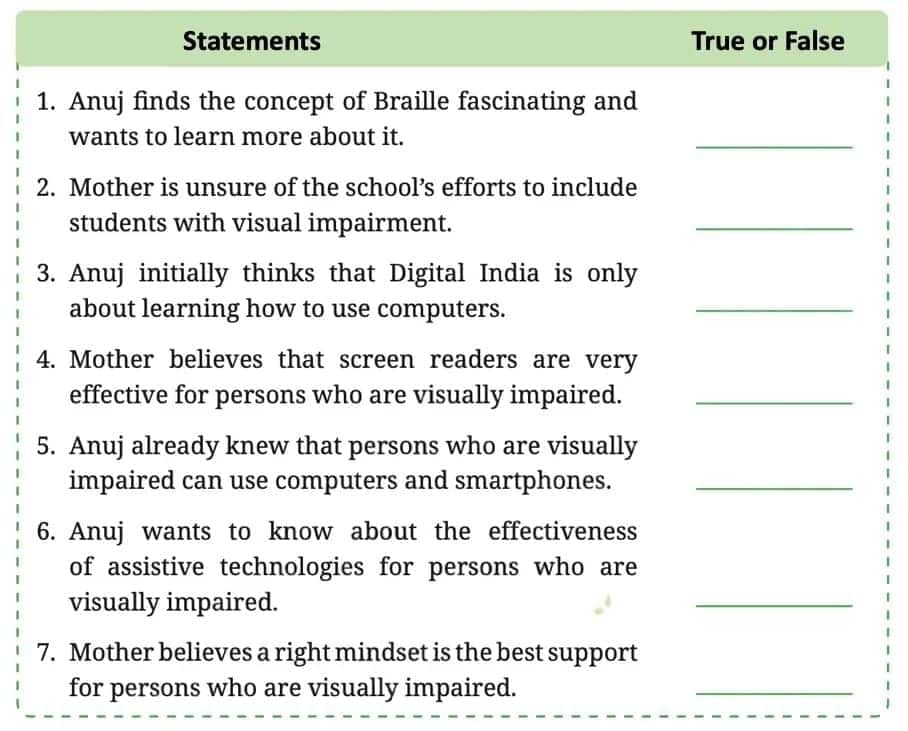
Ans:
Anuj finds the concept of Braille fascinating and wants to learn more about it.
Answer: False
Anuj finds it interesting but does not express a desire to learn more about Braille.Mother is unsure of the school’s efforts to include students with visual impairment.
Answer: False
Mother appreciates the school’s efforts and praises the inclusion supported by the Digital India initiative.Anuj initially thinks that Digital India is only about learning how to use computers.
Answer: True
He says, “Oh, Digital India! That’s about being computer literate, isn’t it?”Mother believes that screen readers are very effective for persons who are visually impaired.
Answer: True
She explains how screen readers work and how helpful they are for visually impaired users.Anuj already knew that persons who are visually impaired can use computers and smartphones.
Answer: False
Anuj is surprised and says, “That’s amazing! So, Tara can use a computer just like we do?”Anuj wants to know about the effectiveness of assistive technologies for persons who are visually impaired.
Answer: True
He shows curiosity by asking about screen readers and their use.Mother believes a right mindset is the best support for persons who are visually impaired.
Answer: True
She says, “Inclusion is not just about having the right tools, but also about having the right mindset.”
Let us speak (Page 36)
Q: Work in pairs, take turns to speak for a minute on any one of the senses you value the most. Use the given prompts to frame your response before you speak.
- I value my sense of sight/sound/ touch/smell/taste the most because…
- One of my favourite experiences is…
- This is so because…
- I appreciate being able to see/hear/touch/smell / taste…
- God forbid, if I were to lose the sense of sight/sound/touch/smell/taste, it would make me feel…
- I would not be able to…
- I thank God that I am able to see/ hear / touch/smell / taste.
Remember to
- speak clearly and confidently
- glance at your notes for reference rather than reading
- make eye contact
- Use gestures if you wish to
- pronounce words clearly and avoid mumbling
- speak at a steady, moderate pace
Ans: I value my sense of sight the most because it enables me to see and experience the beauty of nature. One of my favourite experiences is watching the sunset and sunrise. This is so because these are the moments when the sun appears orange and is soothing to the eyes. I appreciate being able to see the magnificent colours of nature. God forbid, if I were to lose my sense of sight, it would make me feel as if darkness has descended upon me. I wouldn’t be able to recognise or see the world around me. I thank God that I am able to see, which allows me to enjoy nature’s pleasure and beauty.
Let us write (Page 37)
Q: A descriptive paragraph describes a person, place, object or event to create a memorable experience for the reader. Write a descriptive paragraph describing a place that you visited recently.
Follow the guidelines given below to draft this paragraph.
1. In the opening line, begin with something interesting to capture the reader’s attention. Introduce the place you visited.
2. In the supporting lines, describe the place using adjectives and specific details that appealed to your five senses—sight, sound, smell, taste, and touch. You may include alliterations, similes, and personifications to hold the reader’s attention.
3. In the concluding lines, summarise the description to provide a final impression. Mention what was the most important thing about that place which others should also experience.
Ans: Last weekend, I stepped into a world of calm and colour when I visited the Rose Garden in Chandigarh. As soon as I entered, a wave of sweet floral fragrance greeted me like a gentle whisper of nature. The garden was bursting with vibrant roses of every shade—ruby reds, sunshine yellows, soft pinks, and even rare blues—that danced in the breeze like cheerful butterflies. The leaves rustled softly, and birds chirped in a rhythm that sounded like nature’s own melody. The air was fresh and cool, brushing gently against my skin like a silk scarf. As I walked along the winding stone paths, I tasted the crisp freshness of the morning air and felt the soft crunch of gravel under my feet. Every corner of the garden seemed to tell a story, as if the flowers were whispering secrets to the wind.
The most magical moment was standing near the central fountain, where water sparkled in the sunlight like scattered diamonds. What made the Rose Garden unforgettable was not just its beauty, but the peaceful feeling it gave—like pressing pause on a busy life. Everyone should visit this place to experience how nature can refresh the heart and calm the mind.
Let us explore (Page 37)
I. Do you know how persons with visual challenges are able to read and write? They read through touch with the help of Braille, a code of raised dots that represents the letters of the alphabet. This tactile code was developed over a period of nine years by Louis Braille, who became blind at a very young age due to an accident.
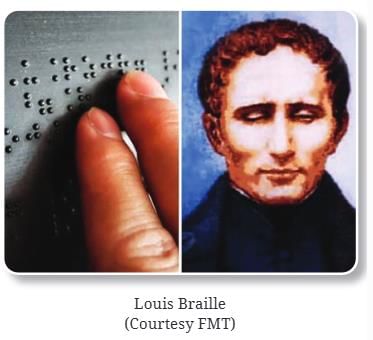 Study the code given below and write your name using it. You may use bindis or grains of daal to make the dots that you can touch and feel.
Study the code given below and write your name using it. You may use bindis or grains of daal to make the dots that you can touch and feel.
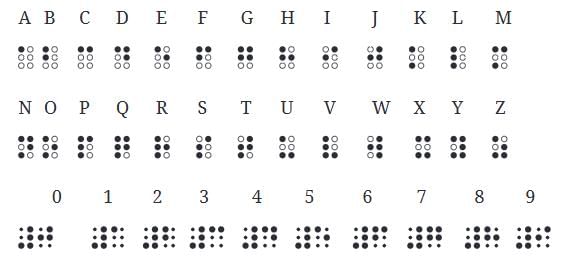
Ans:
Here's how you can write your name using Braille:
- Read the Braille code carefully. Braille consists of six dots arranged in two columns of three dots each. Different combinations of these raised dots represent different letters of the alphabet.
- Look up the Braille code for each letter of your name. For example, here is the Braille representation for the first few letters:
| Letter | Braille Dots (1 = raised) |
|---|---|
| A | ⠁ (Dot 1) |
| B | ⠃ (Dots 1,2) |
| C | ⠉ (Dots 1,4) |
| D | ⠙ (Dots 1,4,5) |
| E | ⠑ (Dots 1,5) |
| F | ⠋ (Dots 1,2,4) |
| G | ⠛ (Dots 1,2,4,5) |
| H | ⠓ (Dots 1,2,5) |
| I | ⠊ (Dots 2,4) |
| J | ⠚ (Dots 2,4,5) |
- Write your name using bindis, daal grains, or sketch dots on paper arranged in the Braille pattern for each letter. For example, if your name is RAVI, you would look up the Braille for R, A, V, and I and represent them using touchable dots.
II. Have you heard about the International Day of Persons with Disabilities? Find out when and how it is observed in India. Write your findings on a sheet and put it up on the class board.
Ans:
International Day of Persons with Disabilities – December 3
The International Day of Persons with Disabilities is observed every year on December 3. This special day is dedicated to promoting the rights, dignity, and well-being of people with disabilities in every part of society.
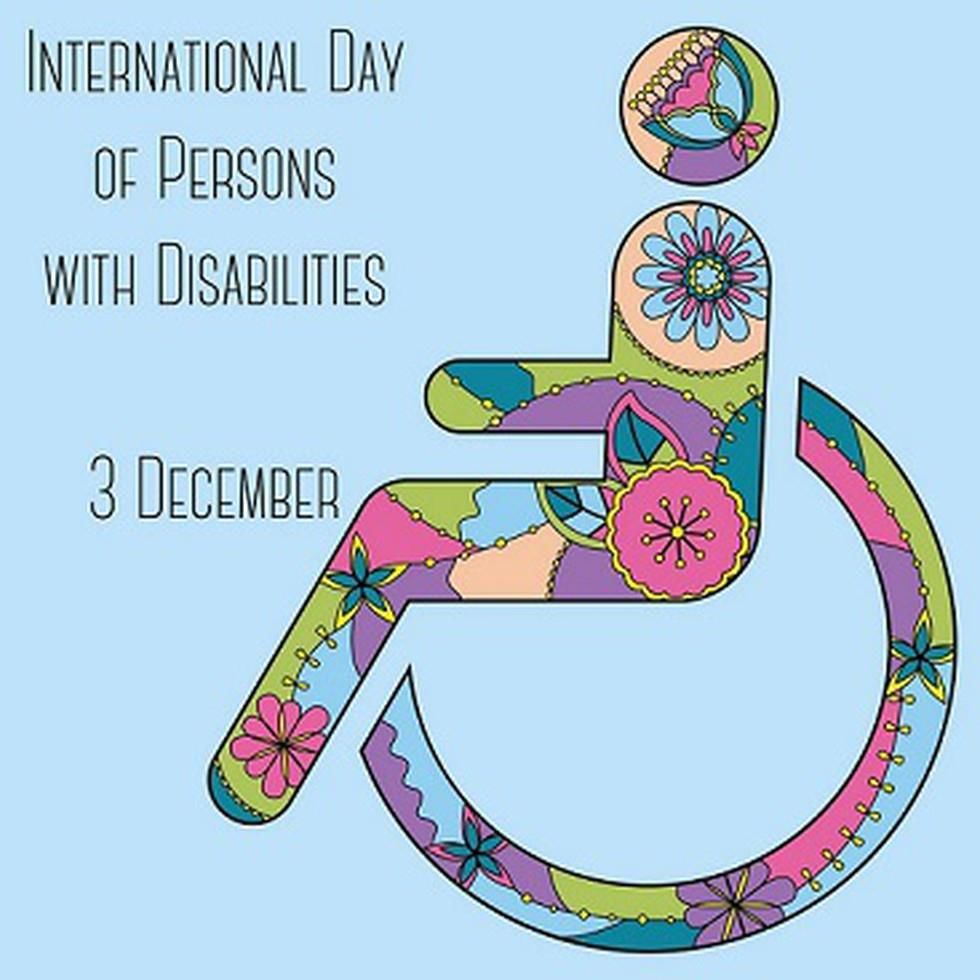 How It Is Observed in India:
How It Is Observed in India:
In India, the day is marked with awareness programs, cultural events, and activities that focus on inclusion and accessibility. Schools, colleges, government institutions, and various organisations take part in celebrating this day by organising events that highlight the importance of equal opportunities for everyone.
One major step taken in India is the Accessible India Campaign, which works to make public spaces, transport systems, and digital platforms more friendly and usable for people with disabilities.
India has also passed the Rights of Persons with Disabilities Act, which supports the rights and needs of individuals with disabilities, encouraging their full participation in education, employment, and social life.
Why This Day Matters:
This day reminds us that people with disabilities are an important part of our society. We should remove all barriers that stop them from living freely and support their dreams and talents. By creating an inclusive and respectful environment, we can build a better and kinder world for all.
III Do you want to know about sign language? Go to the link given below to learn about the Indian sign language.
https://ncert.nic.in/pdf/accessibility/ISL_200word_v15.pdf 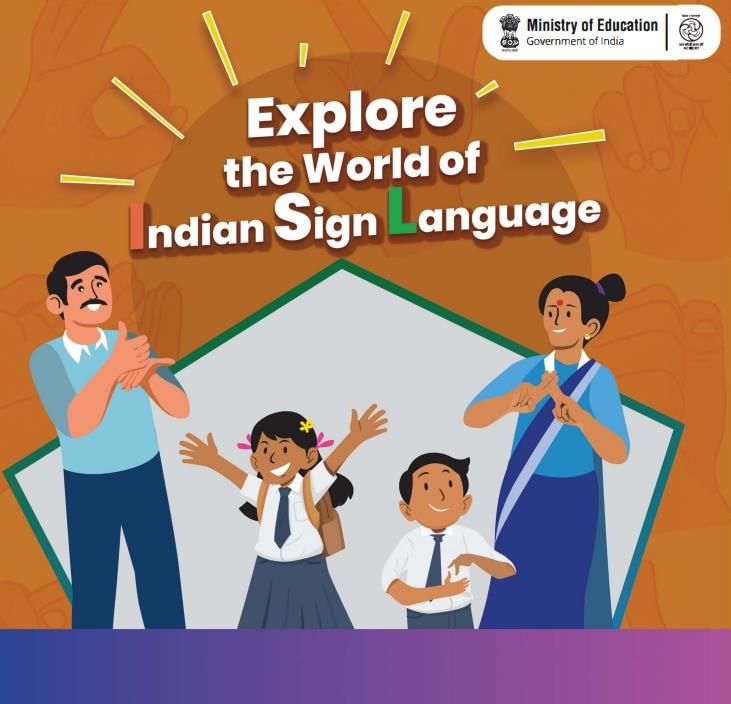
|
55 videos|468 docs|76 tests
|
FAQs on NCERT Solutions for Class 7 English Unit 1 Three Days to See
| 1. What is the main theme of "Three Days to See"? |  |
| 2. How does Helen Keller describe her experience of being blind and deaf? |  |
| 3. What activities does Keller suggest we engage in to appreciate the world? |  |
| 4. How can "Three Days to See" inspire readers to change their perspective on life? |  |
| 5. What lessons can students learn from "Three Days to See" for their daily lives? |  |

















